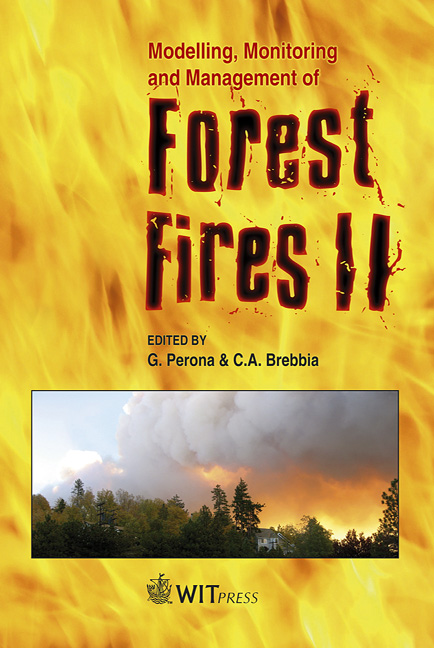Comparing Environmental Values Across Major U.S. National Parks
Price
Free (open access)
Transaction
Volume
137
Pages
11
Page Range
207 - 217
Published
2010
Size
339 kb
Paper DOI
10.2495/FIVA100191
Copyright
WIT Press
Author(s)
D. B. Rideout, P. S. Ziesler & Y. Wei
Abstract
Environmental values at four of America’s most famous national parks are assessed through a structured survey technique. Resource and wildland fire managers in Sequoia and Kings Canyon, Yellowstone, Grand Canyon, and Rocky Mountain national parks were surveyed to identify the most important values that could be improved or that should be protected from wildland fire. In some instances wildland fire can produce beneficial effects on the landscape by treating vegetation to restore or maintain the natural system. In other circumstances, wildland fire can severely affect life, property and treasured natural resources. This research identifies the key sets of values potentially affected by wildland fire across each of the four national parks and compares the relative importance of each kind of value. With a diverse set of famous North American national parks, this research shows which values they share and which values are unique. This was accomplished by implementing a structured and peer-reviewed elicitation process. For the first time, we show the set of values important to each of these national parks and how they compare and contrast. Keywords: Grand Canyon, Yellowstone, Rocky Mountain, Sequoia Kings Canyon, valuation, nature’s services, environmental capital, meta-value, disturbance, wildland fire. 1 Introduction America’s national parks contain some of the most treasured natural resources in the country and the world. While each national park is unique in its natural features and unique in its enabling purposes and legislation, all parks share a
Keywords
Grand Canyon, Yellowstone, Rocky Mountain, Sequoia Kings Canyon, valuation, nature’s services, environmental capital, meta-value, disturbance, wildland fire





